Menu
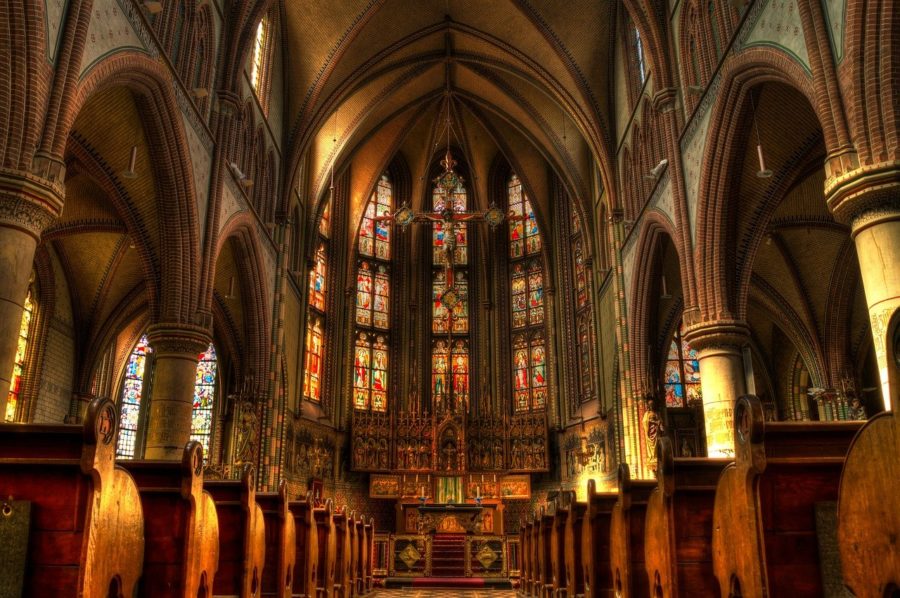
Gothic Revival was originally an architectural style which started in the 1740s and seriously took off in the 19th century. The movement was designed to revive medieval Gothic architecture, the likes of which is demonstrated in buildings in the UK like Oxford and Glasgow Universities. There are certain features of this style that makes it instantly recognisable. Far from the clean, minimalist lines architects favour now, intricacies and ornateness were valued highly. Gothic Revival architecture, much like the original Gothic architecture, featured intricate, latticed panels, detailed windows, religious figurines and other adornments.
The style soon spread from England to the Americas, Europe, Australia and Asia. You can still see traces of Gothic Revival architecture even in modern buildings around the world, such as Gaudi’s Sagrada Familia in Barcelona, Spain. Although built in the last century (and still being built), the façade is clearly Gothic.
Competing with Gothic Revival at the time was the neoclassical style. This design movement took inspiration from Greek and Roman style instead of medieval, as Gothic Revival did. Neoclassicism was associated with libertarians and artists, and Gothic Revival was seen as a more conservative, establishment style. Pieces of Gothic Revival furniture dating back as far as the mid-17th century can be found in manor houses all over the UK.
Browse our selection of Gothic Revival antiques.
The other major difference between Gothic Revival and Neoclassicism was that in the Gothic Revival style, the artisan and his imperfect work was prized above the neo-classicist strive for perfection. Although Gothic Revival buildings and furniture seem heavy, bulky and sometimes fussy, in reality, the natural, variety and irregularity was highly valued and allowed for artistic expression. This has contributed to one of history’s most fascinating styles, and the furniture and architecture is so adorned with symbols we can learn a lot about the time.
The Gothic Revival period inspired many future design and architecture movements. The Arts and Crafts movement used many Gothic Revival ideas. William Morris, the famous Victorian Arts and Crafts designer, (whose wallpaper prints you can still purchase today), based his craft on local material and individual designs. These practices were taken straight from the Gothic Revival movement.
Even today, we are taking some inspiration from the Gothic movement by reemphasising local shops on our high streets, advocating for small businesses and buying local produce. It is seen as a good thing if we buy a handmade item from a friend instead of a large website. Using small businesses like antique shops instead of online marketplaces is sharing some of the same values as the Gothic Revivalists.
An example of Gothic Revival architecture is the Palace of Westminster in London, which contains the House of Commons and the House of Lords. Although this building looks similar to the ancient universities mentioned above, it was in fact built much later. Augustus Pugin won a competition to redesign the palace in 1835 after the previous structure had burned down. Construction started in 1840, so although this building looks medieval, it is far more modern than it may appear at first. Gothic Revival style may have been most popular in Victorian times, but it was still used until the mid-twentieth century, in buildings like Chicago’s Tribune Tower. After this period, a preference for function over form began to take place, with ornate, sometimes impractical Gothic Revival buildings being replaced by clean, practical, concrete brutalist structures.
Gothic Revival furniture is based on the Gothic Revival architectural style. In the time period between 1840-1900, when Gothic Revival architecture was at its peak, this furniture became immensely popular amongst Victorians.
Gothic Revival style emerged partly as a response to the start of the industrial revolution. During the industrial revolution, great advances in machinery, production and manufacturing techniques were made. Mass-produced furniture became more common. This furniture was not mass-produced as we think of it, like the items you can buy in large Swedish home stores, but parts could be machine-made instead of it all being made by hand. This sped up the process of production, and cut costs, so more people could afford good quality furniture.
A combination of fear at technological advances, the rich having little concern for costs and buyers wanting something unique meant that Gothic Revival furniture became popular. Wealthy Victorians favoured the hand-made, long-lasting Gothic pieces, and they still stand the test of time, as plenty are in use and for sale today. This shows how well these pieces of furniture were made. If you are thinking of purchasing a new piece of furniture, then Gothic Revival antiques are a great choice.
Much like in Gothic Revival buildings, there are certain features to look out for. Buildings and furniture share the same ornate decorations specific to the period, so if you know what to look for on buildings then you’ll know what to look for on furniture.
This style of furniture has all the features you would expect from Gothic Revival. The pieces are generally heavy and made of dark wood, with lots of intricate detailing and panels. The wood is usually stained or varnished in a dark colour, and any fabric used is also heavy, with materials such as velvet, leather or brocade. The upholstery fabrics tend to be attached to the wood by studs, which gives this type of furniture and individual look that will stand out in any home. There are often religious symbols on this type of furniture because of the association between the gothic style and the church. There may be crosses or other indicators to show the influence of Catholicism.
Other motifs popular in Gothic Revival furniture are the bell, foliage, flowers, rosettes and animals. It is common for the pieces of furniture to have at least one sharp point made up of two sharply rising pieces of wood, or the ‘pointed arch’. Chairs are often pointed at the head and beds can have repeating, arching patterns.
Criticisms of the style have been drawn, and some antique furniture enthusiasts would call the pieces ornate, pretentious and hulking, but this is a criticism that is only true if the wrong piece of furniture is chosen for the room. Styled right, antique Gothic Revival furniture can bring character to an otherwise bland room, or fit into an already atmospheric setting.
Gothic Revival furniture is a great buy, as it’s so well made. It can fit in any home, whether you display it in a classic period home or as a quirky, contrasting piece in a modern home. There are many different types of Gothic Revival antique furniture, and many ways you can arrange it for the best effect in your home. An antique sofa and an antique bookcase will look superb in a bright sitting room. Mount a Gothic Revival style mirror on your bedroom wall for a touch of medieval style. Gothic Revival antique chests of drawers generally have deep, wide drawers, perfect for storing lots of clothes, toys or any other item.
Finding a place to start looking for antique furniture is never easy, especially if it’s your first piece. Sometimes the marketplace can be difficult to navigate even for the seasoned buyer, as many unverified pieces of antique furniture on sites like eBay are unverified by experts or fakes. Dealing with private buyers always carries a risk. That’s why you should source your antique furniture from a seasoned, well-reputed antiques shop. Nimbus Antiques, situated in Whaley Bridge, Derbyshire, is a long-established antiques specialist. The business was started in 1979, so with over 30 years of experience, you are sure to get a quality piece of genuine Gothic Revival furniture that will look beautiful in your home.
If you are interested in the Gothic Revival style, we can talk to you about antique dining chairs, antique desks, antique sideboards and many other fabulous Gothic Revival pieces. If you have another style in mind, why not enquire about Arts and Crafts antiques, Aesthetic Movement antiques, regency antiques, Victorian antiques and many more from different time periods. Whatever you choose, you can rest assured that you are in safe hands and are buying a genuine, quality piece of furniture. Call into the shop or give us a call on 01663 734248 to find out more.
Featured Image by Skitterphoto via Pixabay
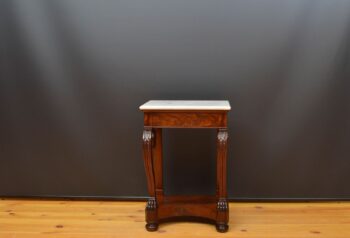 Antique mahogany console table
£2,250.00
Antique mahogany console table
£2,250.00
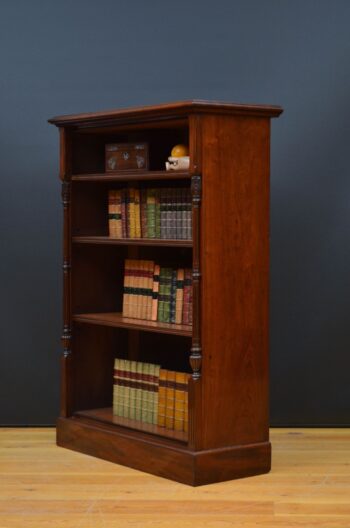 Victorian mahogany open bookcase
£1,685.00
Victorian mahogany open bookcase
£1,685.00
 Victorian Walnut Open Bookcase
£1,650.00
Victorian Walnut Open Bookcase
£1,650.00
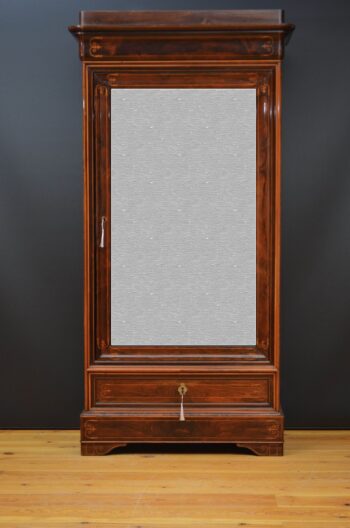 Antique French Rosewood Wardrobe or Bookcase
£2,500.00
Antique French Rosewood Wardrobe or Bookcase
£2,500.00
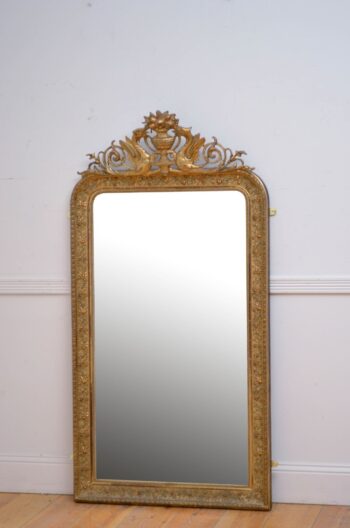 French 19th Century Gilded Pier Mirror H161cm
£2,600.00
French 19th Century Gilded Pier Mirror H161cm
£2,600.00
| Cookie | Duration | Description |
|---|---|---|
| cookielawinfo-checbox-analytics | 11 months | This cookie is set by GDPR Cookie Consent plugin. The cookie is used to store the user consent for the cookies in the category "Analytics". |
| cookielawinfo-checbox-functional | 11 months | The cookie is set by GDPR cookie consent to record the user consent for the cookies in the category "Functional". |
| cookielawinfo-checbox-others | 11 months | This cookie is set by GDPR Cookie Consent plugin. The cookie is used to store the user consent for the cookies in the category "Other. |
| cookielawinfo-checkbox-necessary | 11 months | This cookie is set by GDPR Cookie Consent plugin. The cookies is used to store the user consent for the cookies in the category "Necessary". |
| cookielawinfo-checkbox-performance | 11 months | This cookie is set by GDPR Cookie Consent plugin. The cookie is used to store the user consent for the cookies in the category "Performance". |
| viewed_cookie_policy | 11 months | The cookie is set by the GDPR Cookie Consent plugin and is used to store whether or not user has consented to the use of cookies. It does not store any personal data. |